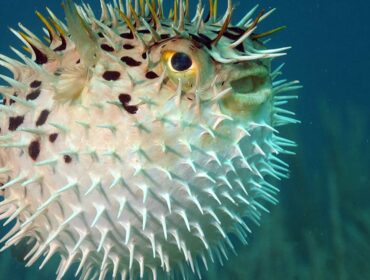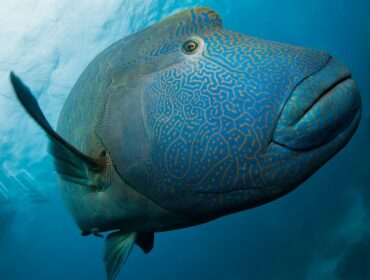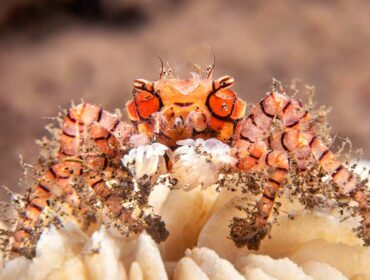Sea nettles are a species of jellyfish that are quite commonly seen in the Chesapeake Bay and along the east coast of the United States. Check out some interesting and fun facts about sea nettles below!
Sea nettles are carnivorous.
Living in the tropical and subtropical waters, these jellyfish prey upon a variety of smaller creatures, such as other jellyfish, ctenophores (comb jellies), zooplankton, and the occasional crustacean. Less common food for the nettles is mosquito larvae and minnows.
They capture prey by paralysis.
The tentacles of sea nettles contain stinging cells that are used to paralyze their prey. When the nettle touches its victim, the prey becomes attached to the tentacle, and the jellyfish moves the food into its mouth, an opening at the center of its body that is linked to a gastrovascular cavity that digests the meal. A sting from one of these nettles is not enough to kill a human (besides death by allergic reaction), but they can be quite severe. Due to their stinging defense mechanism, these jellyfish do not have many predators.
They have multiple body forms but are known for their adult medusa stage.
Sea nettles are bell-shaped invertebrates and radially symmetrical during adulthood. Their bodies contain tentacle arms used for feeding, and each of these tentacles is covered in stinging nematocysts that the jellyfish use to paralyze their prey.
Their population frequency is increasing.
In habitats that are close to human influence, nettle populations appear to be increasing. This is a result of humans creating ideal living conditions for these jellies, particularly due to an increase in their food source, which allows for more nettles to survive and produce offspring.
Sea nettles sometimes act as transportation for other animals.
Interestingly, there are documented instances of animals such as juvenile or larval crabs using the sea nettles as a means of transportation and perhaps even food. These crabs can attach themselves to the bodies of the jellyfish until they arrive at the shore. Often times the crabs will snack on the nettles on the way there.





